Tu-160 and B-1B. At the concept level
The American strategic bomber Rockwell B-1B Lancer and the Russian Tu-160 aircraft are quite similar in appearance. However, they seriously differ in tactical and technical characteristics and combat capabilities. These differences are primarily due to the use of two completely different concepts, as well as the specifics of the development of technology and changes in customer requirements.
First try
Research on a promising multi-mode strategic bomber was launched in the United States in the early sixties. Towards the end of the decade, a design competition began, which was won in 1970 by North American Rockwell. The promising aircraft received the official designation B-1A.
The Air Force planned to get a bomber capable of breaking through enemy air defenses and striking targets at great depths. The breakthrough was proposed to be carried out at high altitude due to supersonic speed. It was assumed that the enemy's defense would not be able to detect the bomber in time and shoot it down before the combat load was dropped. The latter was considered bombs and missiles with a special warhead.
In 1971, the development company built a full-size model of the future B-1A, and in 1974 rolled out the first prototype. The first flight took place in December of the same year. Flight tests have shown that the aircraft as a whole meets the customer's requirements, but still needs fine-tuning. At high flight altitudes, a speed of up to 2,2 M was provided - with a maximum sweep. With a minimum sweep, the bomber showed good takeoff and landing characteristics.
According to the plans of that time, in the second half of the seventies, mass production could begin, and the achievement of the initial operational readiness was ensured by 1979-80. During the eighties, it was planned to carry out rearmament.
Soviet response
Also in the late sixties, the Soviet program for the development of a new bomber began. In 1969, the Air Force issued requirements according to which it was necessary to develop a multi-mode aircraft with supersonic speed and high range. It was planned that such a machine at high altitude and high speed would go to the line and launch long-range missiles. Due to this, it was proposed to ensure a breakthrough of the enemy's air defense - or to exclude the need to enter its engagement zone.
It is believed that by the time the task for the future Tu-160 was developed, the Soviet military knew about the American project. This influenced the development of their own technology and ultimately led to a certain external similarity between the two finished machines. However, the differences between the two aircraft appeared already at the design stage.
In 1972, the customer compared several preliminary projects from different organizations, and the further design was entrusted to A.N. Tupolev. Subsequently, the project was revised and revised several times; the final draft design was approved only in 1977, which made it possible to start preparing documentation for the construction of a prototype.
The first flight of the prototype Tu-160 took place in December 1981. Later, several experimental series machines were built for all stages of testing. State tests were completed in 1989 with a recommendation for admission into service. By that time, several aircraft entered the Air Force for trial operation, and soon serial production began.
Cancellation and replacement
In 1976, American specialists were able to familiarize themselves with the equipment of the hijacked MiG-25 interceptor and assess the potential of the Soviet air defense. It was found that the high-altitude supersonic B-1A has minimal chances of breaking through to targets on the territory of the USSR and in this respect is almost indistinguishable from the subsonic B-52. The future of the Rockwell project was in question.
In mid-1977, the US military and political leadership decided to abandon the B-1A. Instead of the production of such machines, it was proposed to re-equip the existing B-52, as well as to strengthen the ground component of the nuclear forces. In addition, a program for the development of a promising stealth bomber was soon launched, which later resulted in the B-2A.
A few years later, the B-1A was remembered, and in early 1982, Rockwell was awarded a new contract to develop a strategic bomber. The existing B-1A should have been reworked according to updated requirements, since now the Air Force wanted to get a long-range bomber with a different method of breaking through air defense. The future B-1B was supposed to fly to the target at a transonic speed at low altitude with a rounding of the terrain.
The original aircraft was significantly redesigned. He got heavier, got new controls, new security systems, etc. To increase survivability, the electronic warfare complex was improved. All this work did not take much time, and already in 1983, the first experienced B-1B Lancer was rolled out. The first serial was delivered to the Air Force in the fall of 1984. Production continued until 1988; built exactly 100 aircraft.
New era
Thus, by the end of the Cold War, the two superpowers had new strategic bombers - similar in appearance, but different in design and capabilities. In addition, the differences in the potential of the aircraft were determined by their number. During the eighties, the United States managed to build its B-1B in a fairly large series, several times exceeding the production of Soviet and Russian Tu-160s.
Due to the difficult economic situation, Russia could not continue the massive construction of new bombers. In addition, any measures to modernize the Tu-160 were in question. It was possible to return to this only at the beginning of the XXI century.
In the same period, work began in the United States to update and improve the B-1B. The aircraft were able to carry and use a wider range of ammunition, and the combat performance was increased due to new sighting and navigation systems. At the same time, nuclear weapons were excluded from the ammunition, and the corresponding on-board devices were removed.
Ways of modernization
In recent decades, the Russian industry has modernized Tu-160 aircraft and expanded their capabilities. In particular, ammunition has been seriously added. Previously the main weapons bombers was the Kh-55 strategic cruise missile. On its basis, a non-nuclear product X-555 was created. A new generation of Kh-101/102 missiles has also been introduced. It is possible to use free-fall and guided bombs of various types. Projects of deep modernization of Tu-160M / M2 have been developed, and they do not provide for a change in application concepts.
After the upgrades of the nineties, the main weapon of the B-1B Lancer was unguided and “smart” bombs of various types. Later, it became possible to use AGM-158 JASSM missiles. Recently, the possibility of equipping the B-1B with promising weapons, up to hypersonic missiles, has been repeatedly mentioned. How quickly such products will enter service is unclear.
After all the upgrades, the Russian Tu-160 remains a supersonic high-altitude bomber, whose main task is to deliver cruise missiles to the launch line. Aircraft carried out it both during numerous exercises and as part of the Syrian operation. Thus, the basic concept of the project, developed half a century ago, has practically not changed and still makes a significant contribution to the country's defense capability.
American projects B-1A / B cannot boast of such "stability". The original project was closed and reworked, changing its key provisions. The supersonic missile carrier turned into a transonic bomb carrier and lost its nuclear weapons, but then again acquired missiles. In addition, modern techniques provide for high-altitude flight as the main method of combat use, which brings to mind the experienced B-1A.
Stability against change
The Russian Tu-160 bomber, undergoing new upgrades, retains its place in the Air Force and Strategic Nuclear Forces. He performs the originally conceived tasks, although he receives new weapons and functions - and at the same time he is respected. Its American counterpart, the B-1B, was less fortunate. He is considered perhaps the most unfortunate representative of the strategic aviation USA.
It is highly likely that these results from the two projects are directly related to the use and development of basic concepts. The plane, brought to service in its original form, turned out to be more successful and has great prospects. The other sample, after all the alterations and modifications, is planned to be replaced at the earliest opportunity. And the external resemblance to the Russian Tu-160, it seems, will not save him.

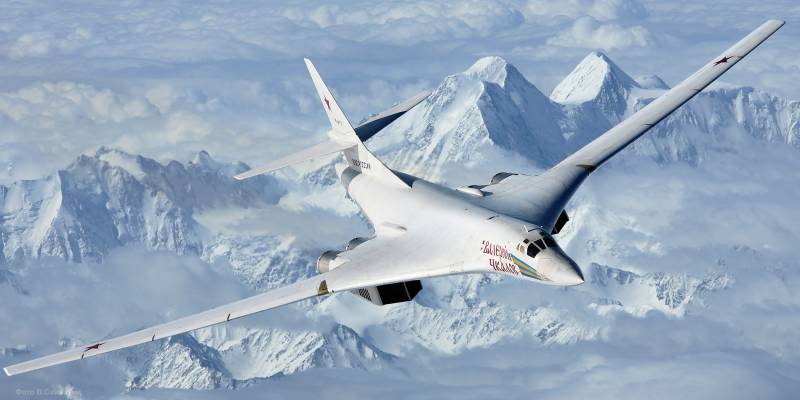
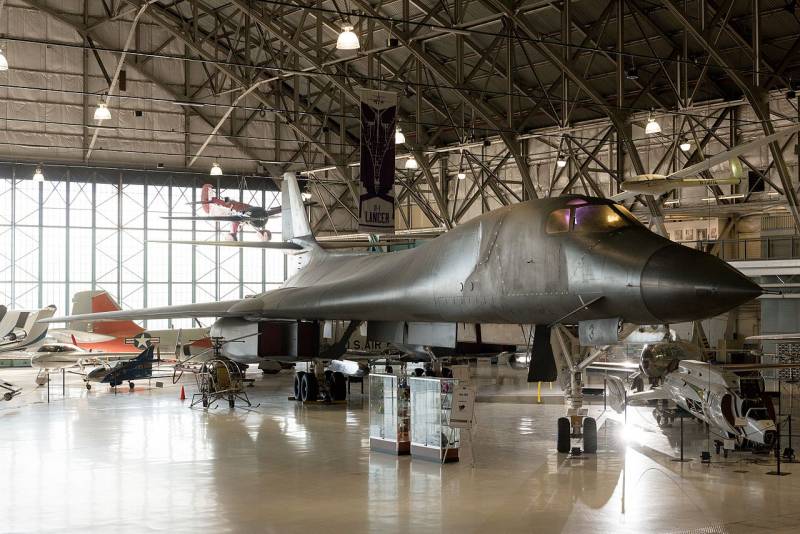
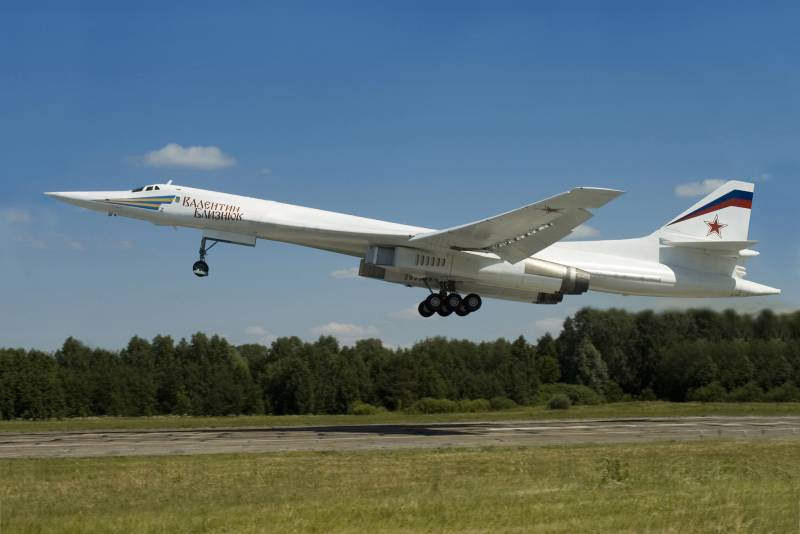
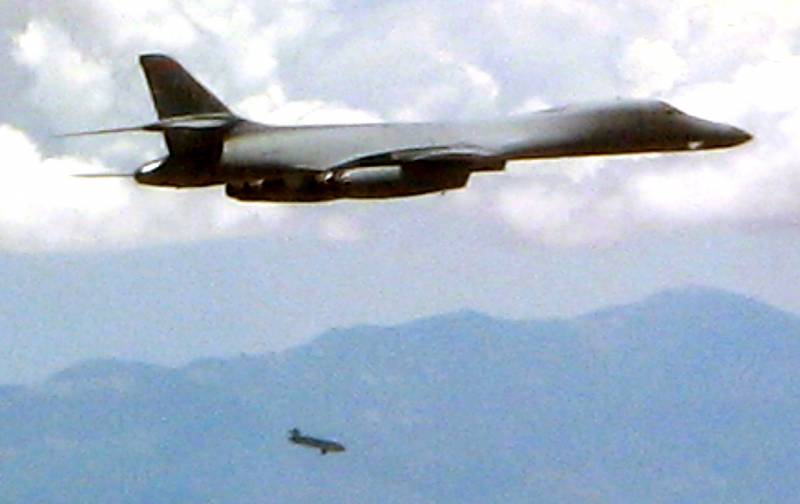
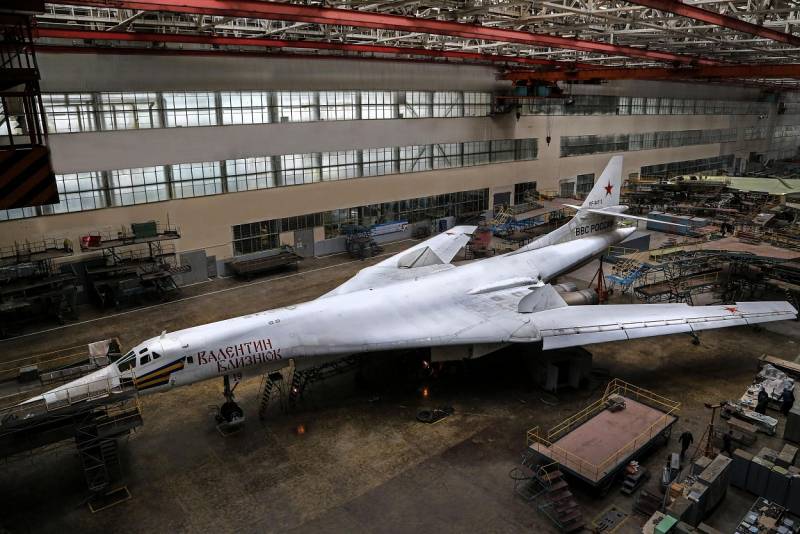
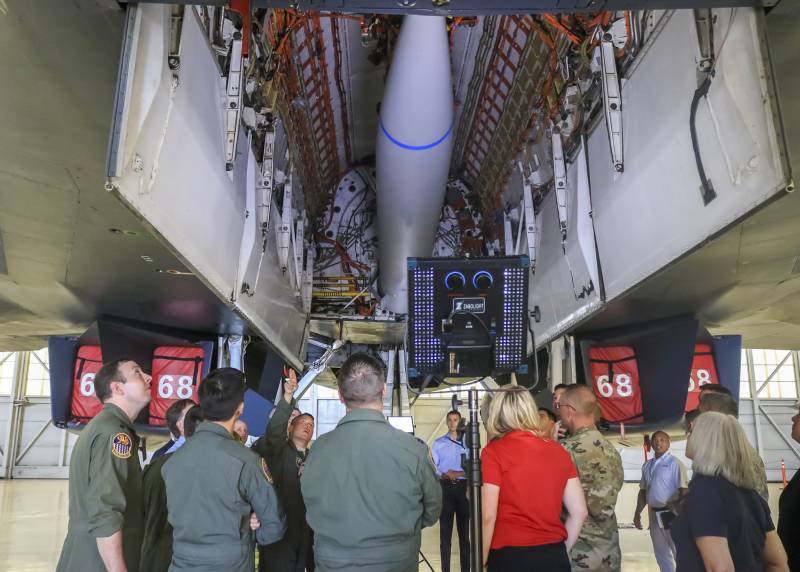
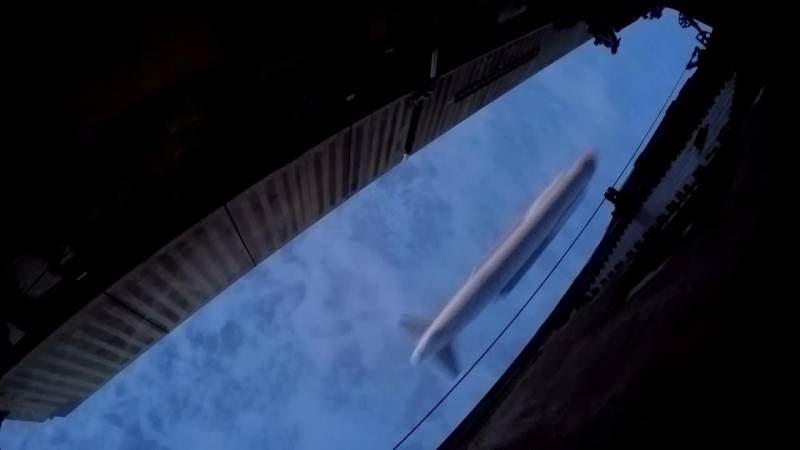
Information